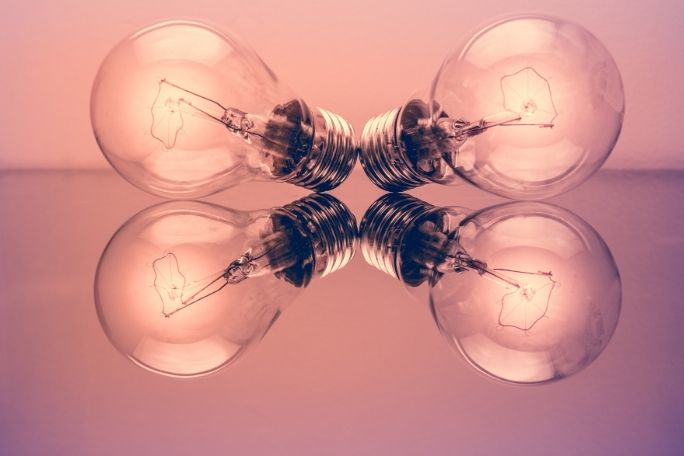Lesson summary
Students complete a complex whole school energy audit. Using their data, students calculate usage, kilowatts and greenhouse gas emissions. Students make key recommendations on how energy use could be reduced at their school.
Learning intentions:
Students will...
- recognise the relationship between energy use and greenhouse gas emissions
- understand the relationship between watts, watt hours and kilowatts
- understand how to apply Emission Factor figures to the calculation of greenhouse gas emissions
- recognise where energy consumption can be reduced at their school and home.
Lesson guides and printables
Lesson details
Curriculum mapping
Australian curriculum content descriptions:
Geography Year 9:
- Collect, select, record and organise relevant geographical data and information, using ethical protocols, from a range of appropriate primary and secondary sources (ACHGS064)
Science Year 9:
- Plan, select and use appropriate investigation methods, including field work and laboratory experimentation, to collect reliable data; assess risk and address ethical issues associated with these methods (ACSIS165)
- People can use scientific knowledge to evaluate whether they should accept claims, explanations or predictions (ACSHE160)
- The values and needs of contemporary society can influence the focus of scientific research (ACSHE228)
Geography Year 10:
- Collect, select, record and organise relevant data and geographical information, using ethical protocols, from a range of appropriate primary and secondary sources (ACHGS073)
- Reflect on and evaluate the findings of the inquiry to propose individual and collective action in response to a contemporary geographical challenge, taking account of environmental, economic and social considerations; and explain the predicted outcomes and consequences of their proposal (ACHGS080)
Syllabus Outcomes: GE5-7, GE5-8, SC5-5WS.
Resources required
- Student Worksheet – one copy per student OR computers/tablets to access the online worksheet
- Internet access, school electricity and gas bills, factsheets: Energy cheat sheet, Calculating GHG emissions and Typical power ratings for appliances.
Additional info
This is an original Cool.org lesson. Facts and figures in these lessons may have changed since this lesson was published. We always endeavour to update our resources in a timely manner, but if you see an error or issue in our resources please get in touch with us.


Welcome back!
Don't have an account yet?
Log in with:
By signing up to Cool.org you consent and agree to Cool's privacy policy to
store, manage and process your personal information. To read more, please see
our privacy policy here(Opens in new tab).
Create your free Cool.org account.
Many of our resources are free, with an option to upgrade to Cool+ for premium content.
Already have an account?
Sign up with:
By signing up to Cool.org you consent and agree to Cool's privacy policy to
store, manage and process your personal information. To read more, please see
our privacy policy here(Opens in new tab).